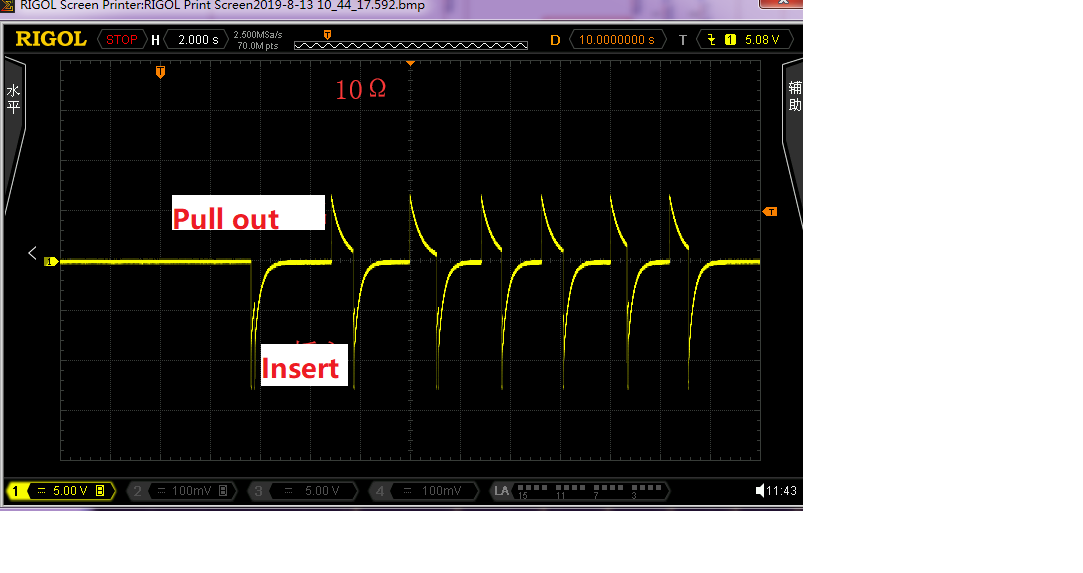Other Parts Discussed in Thread: NE5532
Hi Sir,
We are going to select PGA2500 and NE5532 in our application. In PGA2500 evm sch(sbou023.pdf), there are Resistors R7 and R8, along with Schottky diodes D6 through D9, provide input protection for the PGA2500. We confused the selection of R7 and R8. Since we use 10 ohm(0603) in our application, the resistors always blow. Pls give us some recommendation on this issue.
Thanks.
BR
Sara




